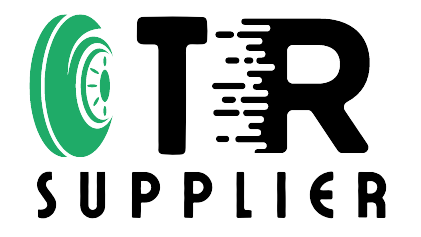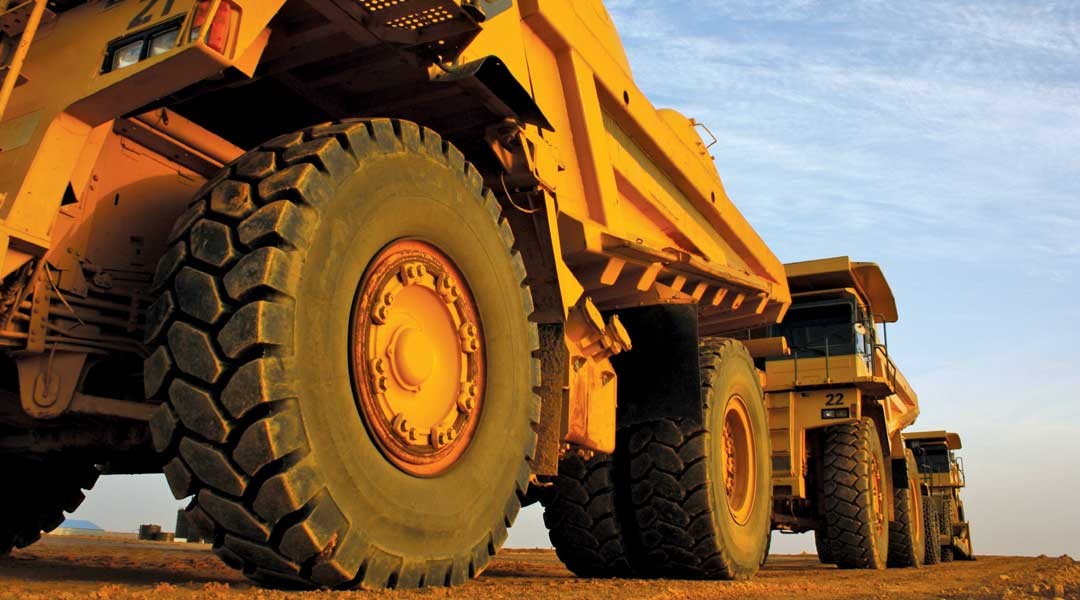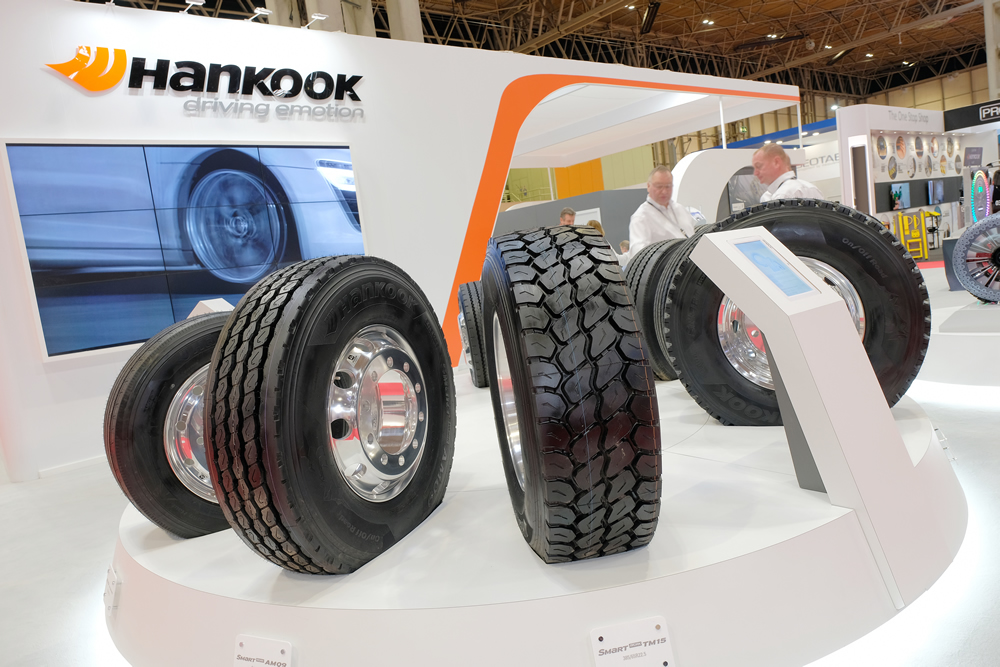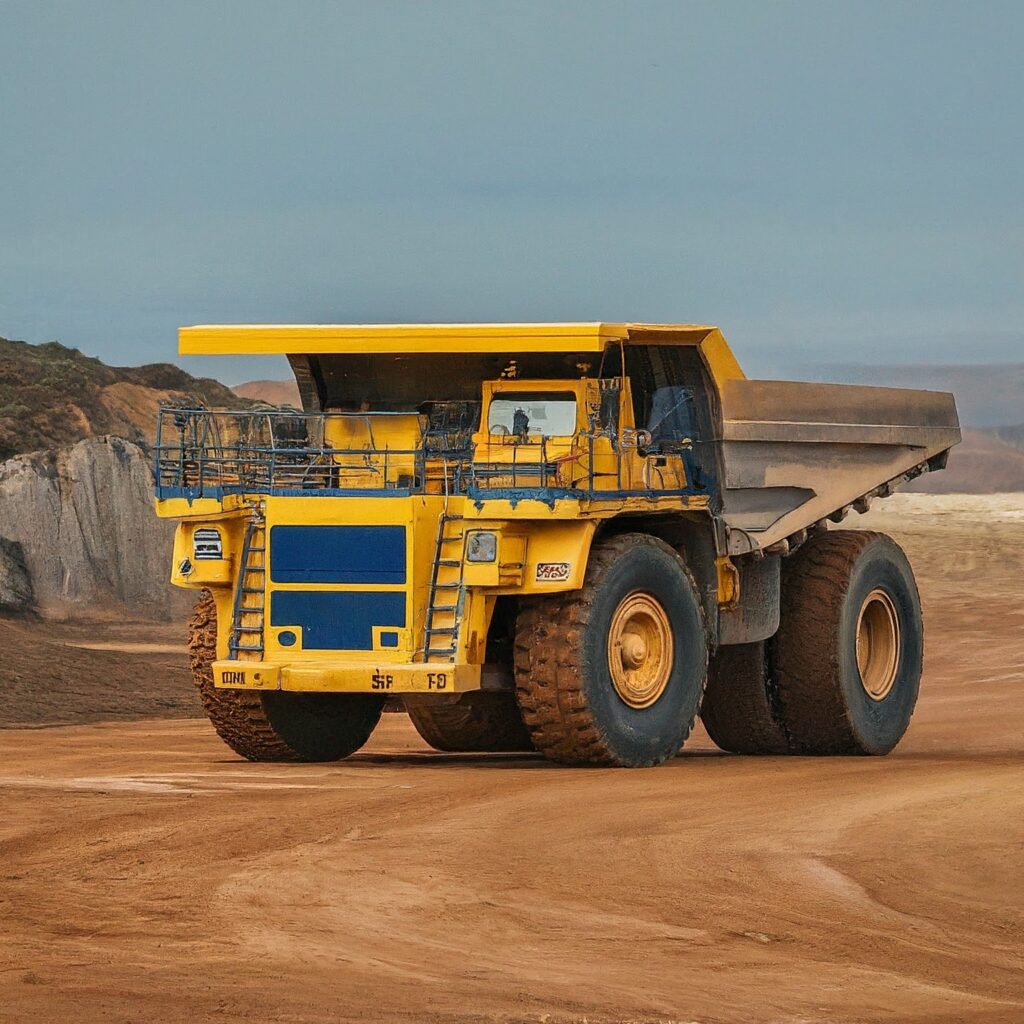Uncategorized
The Unsung Heroes: A Guide to OTR Tires
The Unsung Heroes: A Guide to OTR Tires
Off-The-Road (OTR) tires are the beefy, knobby workhorses that keep our vital industries moving. From the colossal dump trucks hauling tons of rock in quarries to the massive harvesters maneuvering through fields, OTR tires ensure these machines operate efficiently and safely under extreme conditions.
Built to Conquer Tough Terrain
Unlike your everyday car tires, OTR tires are specifically designed to withstand the harshest environments. Here’s what sets them apart:
Deep Treads: Imagine aggressive treads that look like they could chomp through anything. These deep treads provide superior traction on loose surfaces like mud, gravel, and rock.
Durable Construction: OTR tires are built with tougher rubber compounds and reinforced sidewalls to handle heavy loads and resist punctures from sharp objects.
Thicker Sidewalls: Compared to a car tire, an OTR tire’s sidewall is much thicker. This added thickness provides exceptional stability and helps prevent blowouts under immense pressure.
Types of OTR Tires
There are two main types of OTR tires:
Bias Ply: These are the traditional OTR tires, known for their durability and affordability. They are a good option for lower speeds and demanding applications.
Radial Ply: Radial OTR tires offer better fuel efficiency, a smoother ride, and improved handling. They are ideal for high-speed applications and long haul routes.
Choosing the Right OTR Tire
Selecting the right OTR tire depends on several factors, including:
Machine Type: Different vehicles have specific weight capacities and performance requirements.
Application: Consider the terrain you’ll be working on (mud, rock, etc.) and the type of work being done (hauling, grading, etc.)
Speed: Will the tire be used for high-speed applications or slower maneuvering?
Maintaining Your OTR Tires
Just like any tire, proper maintenance is crucial for maximizing performance and lifespan. Here are some key practices:
Regular Inspections: Visually inspect your tires for damage, wear, and proper inflation pressure.
Maintain Proper Inflation: Underinflated tires can lead to increased wear and blowouts.
Alignment Checks: Improper alignment can cause uneven wear and reduce tire life.
Conclusion
OTR tires are essential for the smooth operation of various industries. By understanding their unique features, types, and maintenance needs, you can ensure your OTR tires keep your operations running efficiently and safely.




